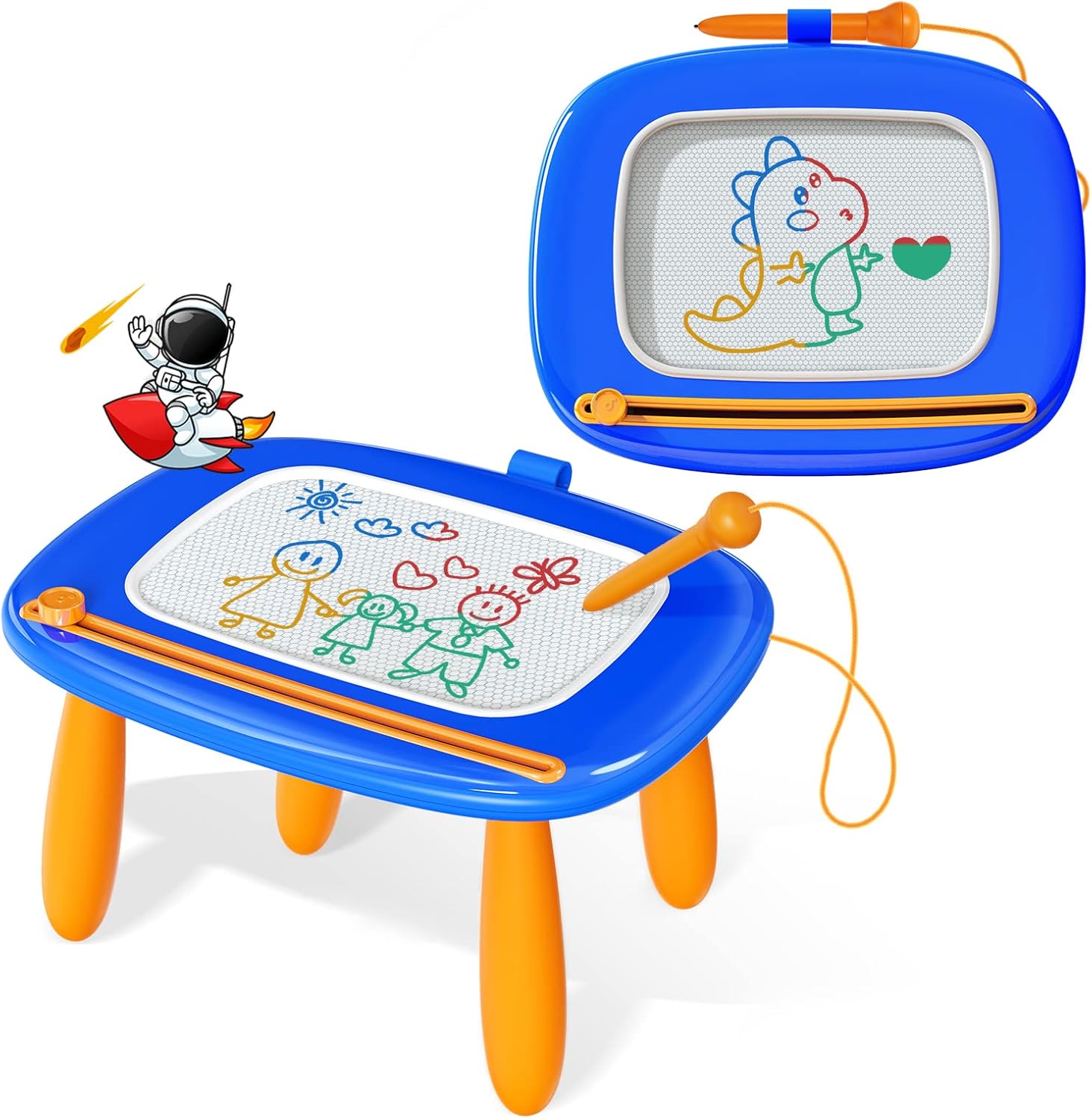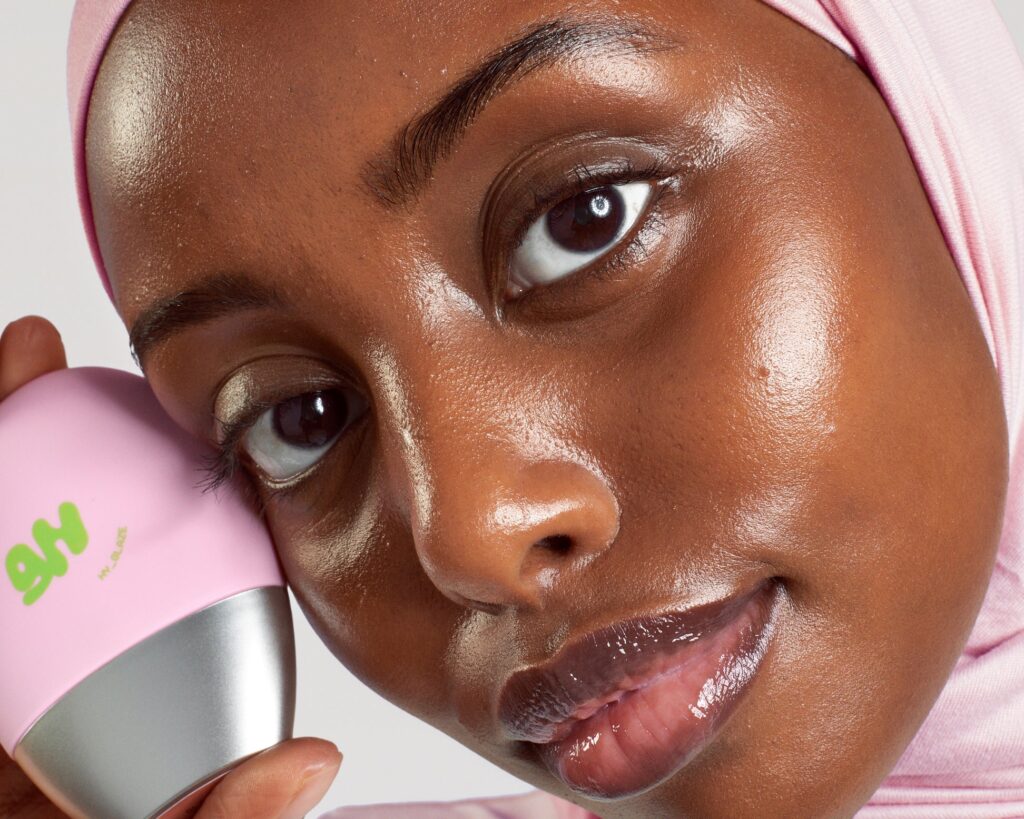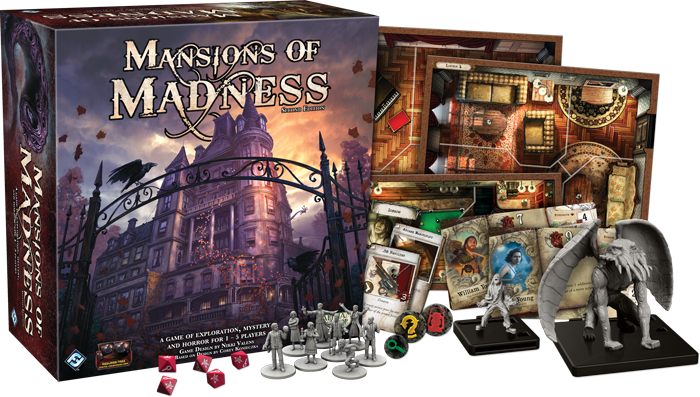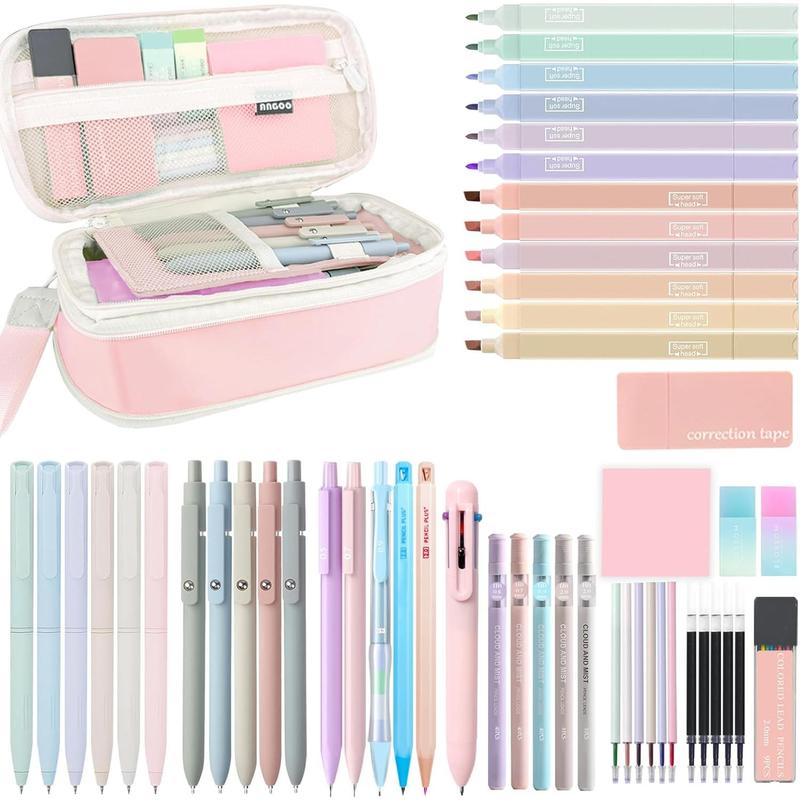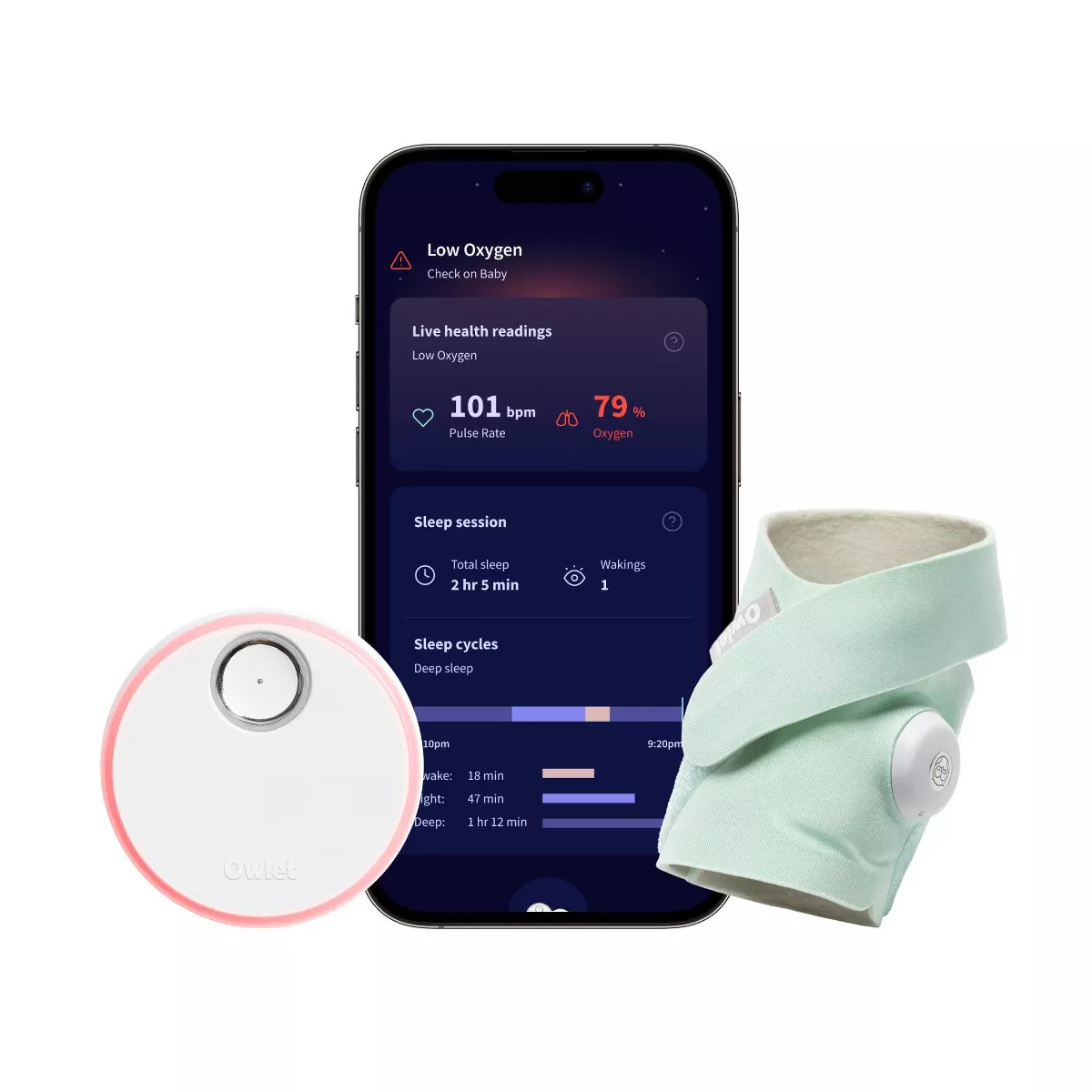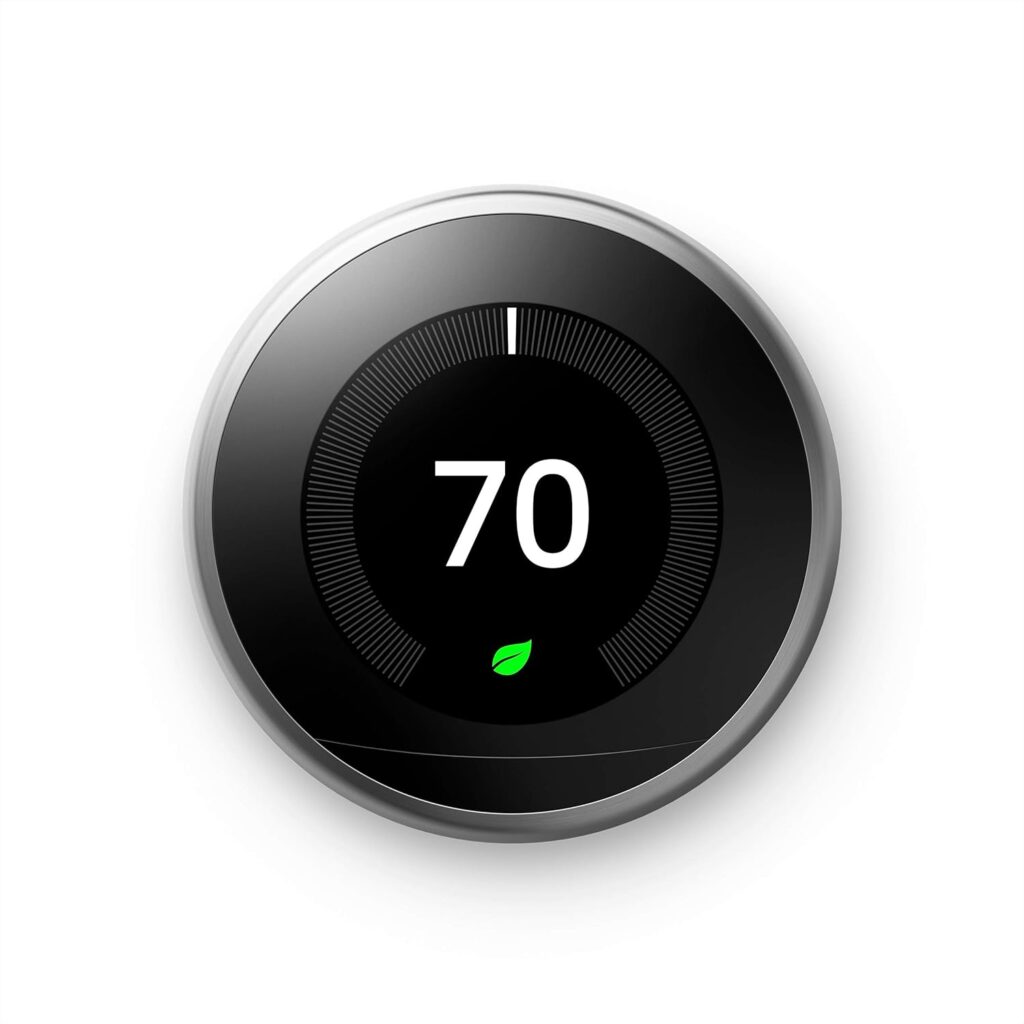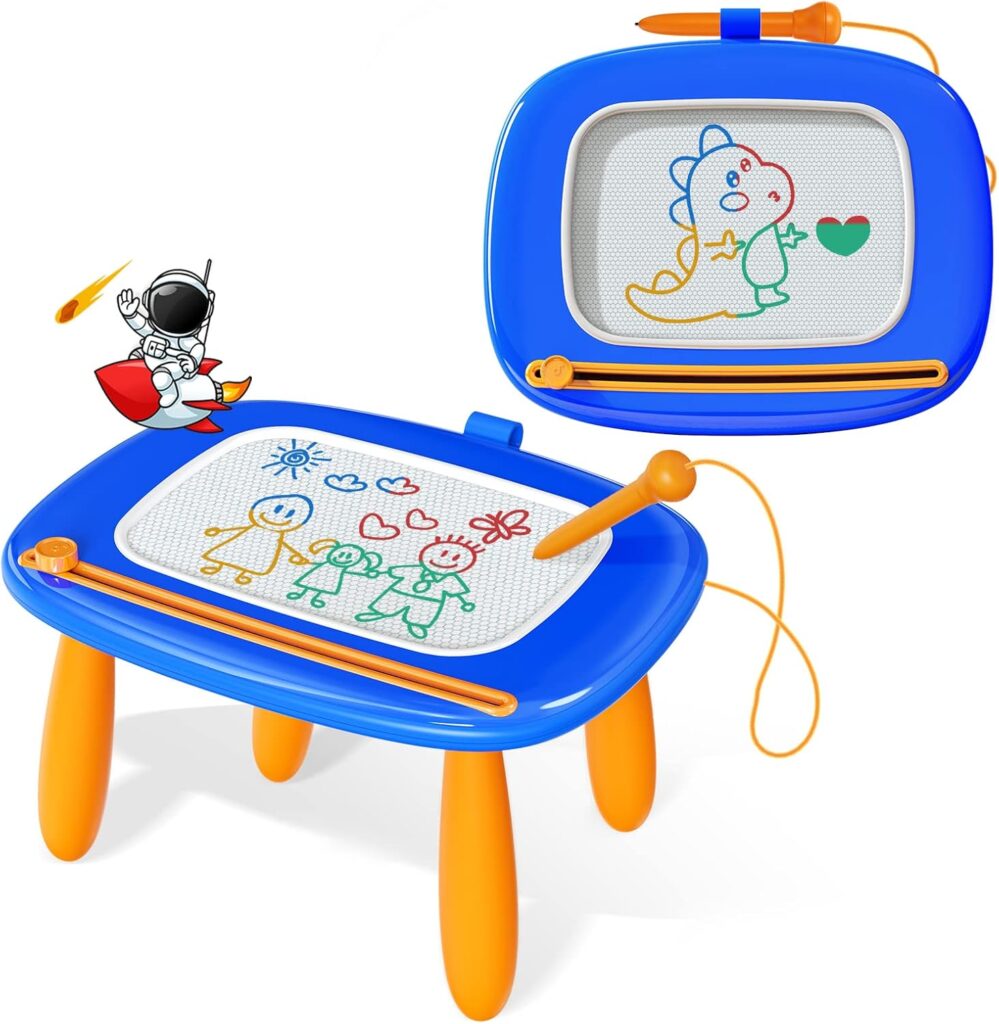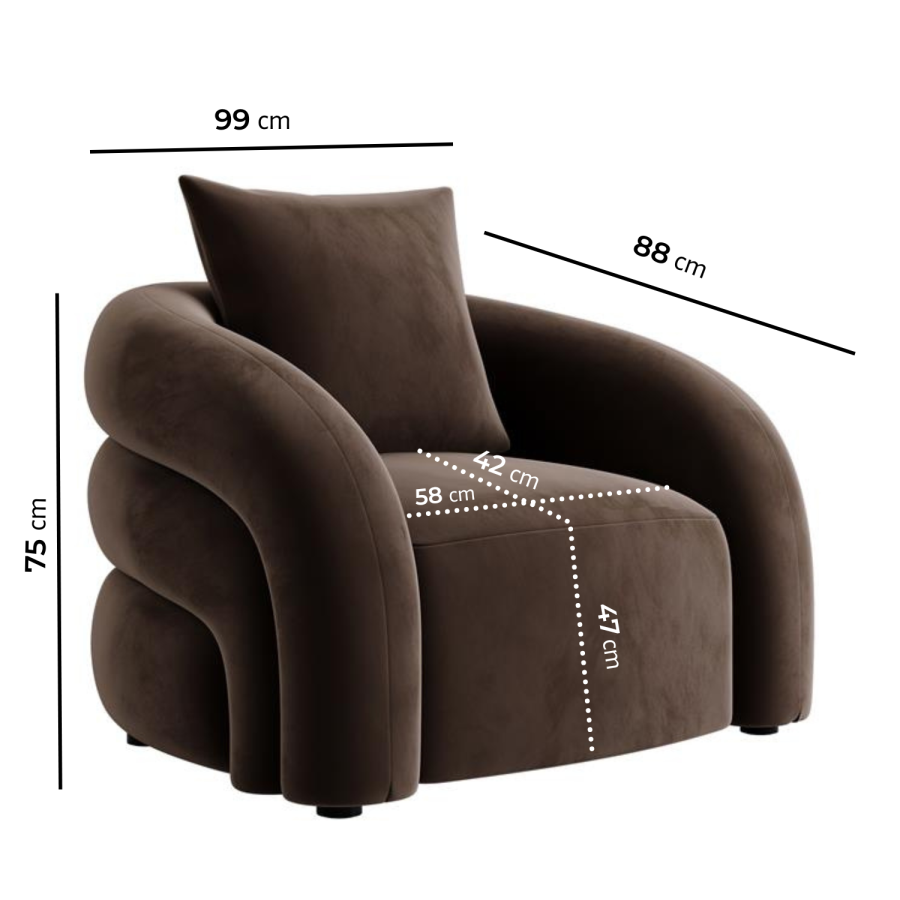There’s a kind of toy that earns its shelf space by doing one thing beautifully: it makes quiet focus feel fun. A toddler Magnetic Drawing Board—like the Kikidex model for ages 1–3—does exactly that. It turns a few minutes before nap into a ritual, makes restaurant waits bearable without videos, and gives little hands a safe place to practice lines, circles, and early shapes. No caps to lose, no markers to scrub off tiny palms, no paper avalanche; just a stylus, a satisfying erase slider, and the small miracle of “I made this.”
In this article we’ll build a practical, parent-proof playbook around the Magnetic Drawing Board for toddlers. You’ll get a simple set-up you can repeat anywhere, prompts that stretch attention without pressuring results, playful “mini missions” that sneak in prewriting skills, ideas for siblings to join without drama, and ways to rotate the same board so it keeps feeling new. We’ll keep it ultra usable: short routines, calm language, zero mess.
Shop a toddler Magnetic Drawing Board
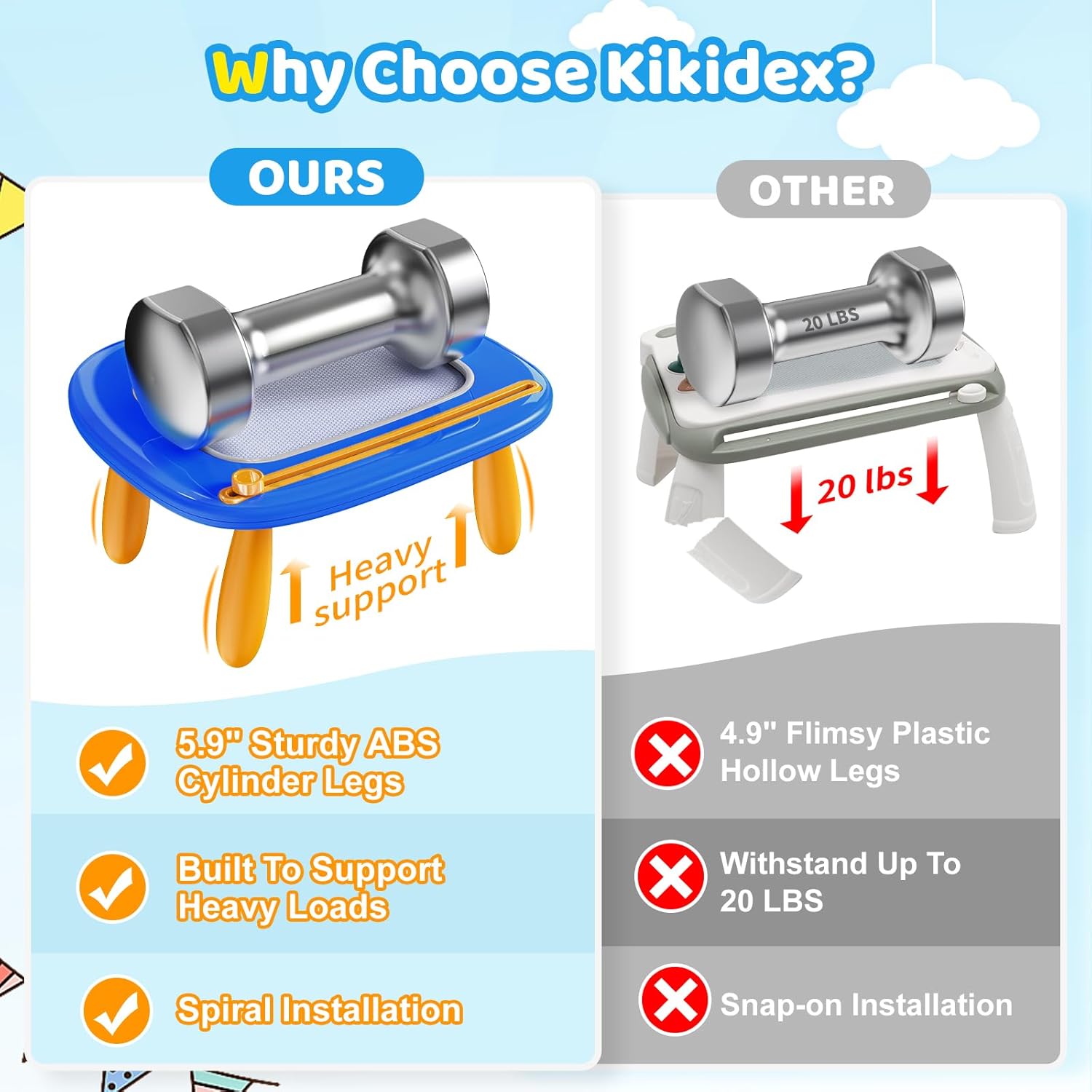
Why this board works when other toys… don’t
Toddlers crave agency and repetition. A Magnetic Drawing Board gives both in seconds: a stylus that “writes like magic,” an erase bar that resets the world, and a smooth surface that welcomes wonky lines as proudly as perfect circles. That instant, mess-free loop is why attention stretches from thirty seconds to three minutes to—on good days—ten. The board also invites micro-skills that matter later: grip strength, eye-hand coordination, controlled strokes, even early left-to-right movement. And because it’s silent, it plays nicely with adult life: quick calls, coffee with a friend, a train ride where everyone keeps their zen.
The two-minute set-up you’ll actually do
Park the board where your child already lingers calmly—high chair tray, car seat lap desk, stroller snack bar, the corner of the couch you read together. Hand the stylus with a neutral prompt: “I wonder if your line can touch the side.” Sit close without directing every move. When your toddler pauses, mirror their mark once (“You made a curve; I’ll try a curve”) and slide the eraser together—shared reset, shared delight. Repeat tomorrow at the same time; predictability is rocket fuel for focus.
Shop a toddler Magnetic Drawing Board
Mini missions that feel like play (but quietly build skills)
Think of these as thirty-to-ninety-second invitations. No right answers, just gentle direction.
The Line Walk. Draw a single road—straight, bendy, zigzag. Invite the stylus “car” to drive along without falling off. When they wobble, shrug and say, “Bumpy road!” Then erase and try a new route. This grows control without pressure.
Dot Hunt. Tap five dots around the board. Ask your child to “boop the dots” in any order, then in order you count. Add sound effects; toddlers are here for the drama.
Big–Small Switch. Make one giant circle, then a tiny one, then giant again. Name sizes; let your child choose which comes next. You’ve just smuggled in early math language.
Copy-Me Corners. In each corner, draw a simple shape—line, curve, box, spiral. Your child picks a favorite to “copy in the middle.” Celebrate the choice, not the accuracy.
Erase Race. You draw; your toddler erases with the slider in slow motion while you narrate: “Down… down… all gone.” This turns the reset into a sensory moment and gives their arm a satisfying job.
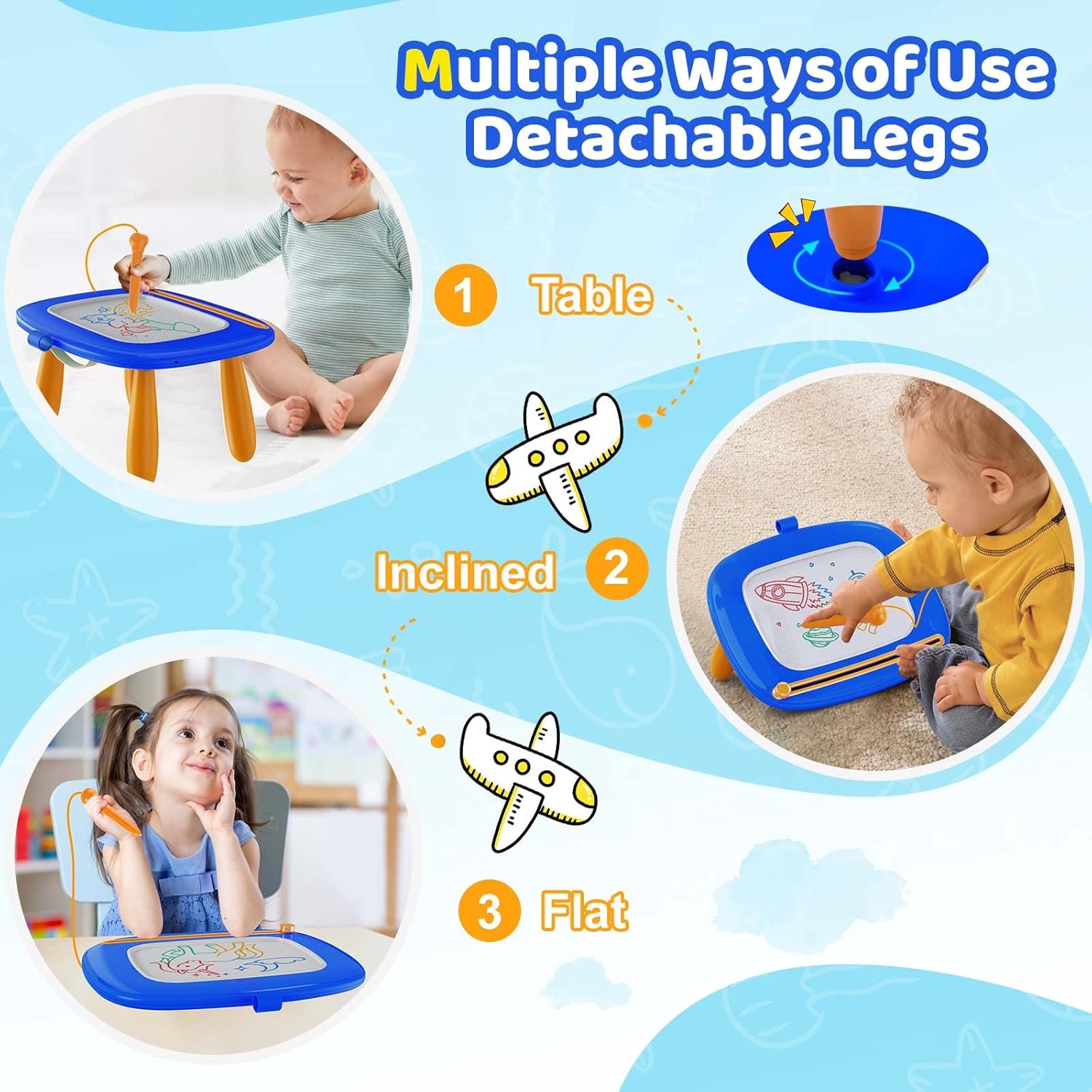
Make it travel-proof without turning it into clutter
Slip the board into a thin pouch with two add-ons: a tiny sticker sheet (for the frame, not the surface) and a laminated “prompt card” you can wipe (three doodles to copy, a road to trace, a little maze). Keep it in the diaper bag so you’re never improvising in the checkout line. At restaurants, put the board down as soon as you sit—not as a last resort—so attention isn’t already frayed. In the car, stash it in the seat-back pocket and set a simple rule: “Board stays on your lap; if it drops, we’ll take a break until the next stop.” Calm boundaries; zero arguing.
Shop a toddler Magnetic Drawing Board
Turn siblings into co-creators, not competitors
Give each child a role. The older one is the “Idea DJ,” calling a theme (“rainy day,” “silly faces,” “fast lines”). The toddler is the “Artist,” making any marks that feel right. After thirty seconds, swap roles if attention allows. If there’s only one board, use a timer you both can see (“When the sand is gone, it’s your turn”). With preschoolers, invent a two-panel comic: older sibling draws panel one, toddler erases and draws panel two (yes, chaos; yes, bonding). Praise the teamwork—“You worked together to make a story”—more than the drawing.
Language that grows brains without killing the vibe
Describe what you notice instead of grading the art. “You pressed lightly here and harder there.” “Your line went all the way to the edge.” “That circle got bigger each time.” These neutral observations build vocabulary and invite experimentation. Save labels like “house” or “tree” for when your child offers them. If they ask, “What’s this?” answer with curiosity: “It could be a tunnel… what do you think?” The goal is ownership, not adult correctness.
Keep it fresh with tiny rotations, not new purchases
Change the context, not the toy. One week, the board lives by the window; next week, it joins bath time as a pre-bath calm-down on the mat. Swap the stylus grip: wrap a small elastic to create a “parking spot” for fingers; it’s a tactile cue for a tripod grip later without turning practice into homework. Use seasonal prompts—snowy lines, spring spirals, summer waves, autumn zigzags—so the same motions feel like a new game. If your child loves stickers, decorate only the frame; give the surface itself the respect of a “stage.”
Gentle care so it lasts through the toddler tornado
Wipe the surface with a dry microfiber cloth; if something sticky happens (toddlers!), use a barely damp cloth and dry immediately. Keep the stylus tether simple and short enough to avoid tangles, long enough to reach all corners. Store the board flat so the erase mechanism stays smooth. When not in use, slide it into a low shelf your child can reach; toys used daily are the ones visible at eye level.
Shop a toddler Magnetic Drawing Board
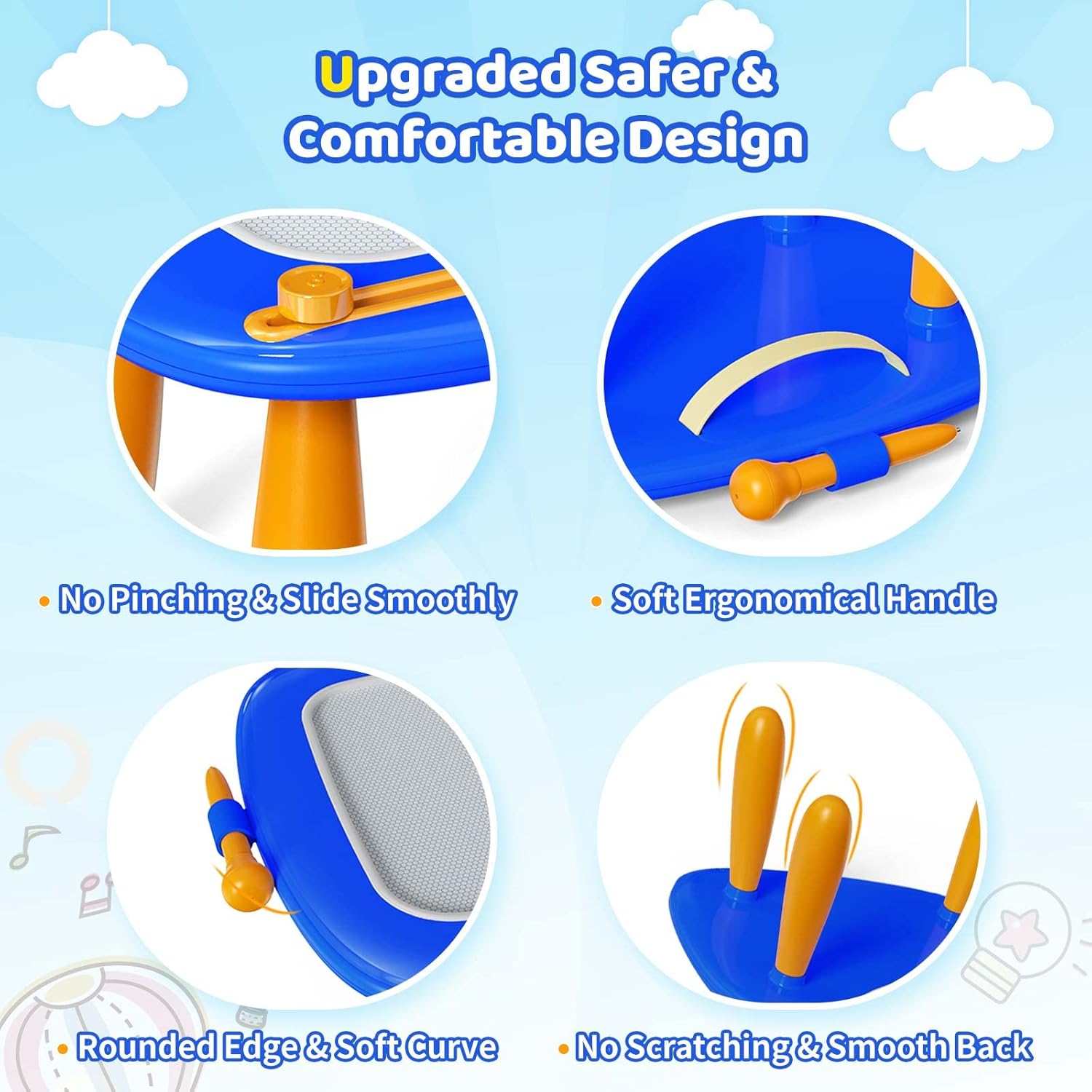
Red flags & quick fixes (it’s not you—it’s the set-up)
If your toddler scribbles for three seconds and bails, the session was probably too late (overtired) or too open-ended (no invitation). Try the Line Walk with a silly narrative and a shared erase. If they throw the stylus, hand it back once with a neutral “We draw with it.” On the second throw, park the board and pivot: “All done for now; we’ll try again later.” Calm consistency beats long lectures every time.
A tiny ritual that pays off for years
Make the board the first and last stop of the day’s free play. Two minutes after breakfast; two minutes before bed. “Do your line and erase.” These micro-reps build hand strength and control, but more importantly, they build identity: “I’m someone who makes marks.” The leap from scribble to shape to letter doesn’t need workbooks; it needs chances and cheers.
If you gift it, make it feel like an instant activity, not homework
Wrap the Magnetic Drawing Board with a toddler apron and a handwritten card: “Your art license.” Add a photo of you using a board as a kid if you have one—origin story unlocked. At the party, set it on a low table with a simple prompt taped to the frame: “Can you draw a wiggly road?” Cue instant engagement without a sales pitch.

Conclusion
The best toddler tools don’t demand perfection; they invite play you can repeat. A Magnetic Drawing Board turns tiny hands and curious eyes into a calm daily ritual—at the table, in the car, at a café, on grandma’s sofa. Keep prompts short, praise the process, and store the board where it can be found in five seconds. Add siblings as co-creators, rotate the context, and treat the erase slider as a shared ta-da. Over time, you’ll see the magic: longer focus, steadier lines, richer language—and the quiet pride of a small person who knows they made a mark today.
Shop a toddler Magnetic Drawing Board
FAQ
- What age really engages with a magnetic board? From about 12–14 months (curious scribbles) through 3+ (shape copying and tracing). The same board flexes as skills grow.
- How long should a session last? Two to five minutes is a win at this age; quit while curiosity is alive. Tomorrow will be longer.
- Is it okay if my toddler only scribbles? Completely. Scribbles are data: grip, pressure, direction. Name what you notice and keep it playful.
- Can we use it in the car without meltdowns? Yes—keep the rule simple (“board stays on lap”) and start with a short, silly prompt right as you set off.
- What if the stylus keeps getting lost? Add a short tether, and keep a spare in the glovebox or diaper bag.
- Will this help with prewriting? Quietly, yes. Lines, curves, size words, left-to-right movement—without worksheets or pressure.
- How do I clean it safely? Dry microfiber for routine wipe-downs; barely damp cloth for stickiness; store flat.
- Can siblings share one board? They can with roles (Idea DJ/Artist) and a visible timer. Trade often, keep laughs high.
- What makes it better than crayons? It’s mess-free, portable, and forgiving in tight spaces. Crayons are great too—this just widens your toolkit.
- Any quick prompt when I’m tired? Draw one road. Say, “Drive your stylus.” Erase together. High five. Done.

